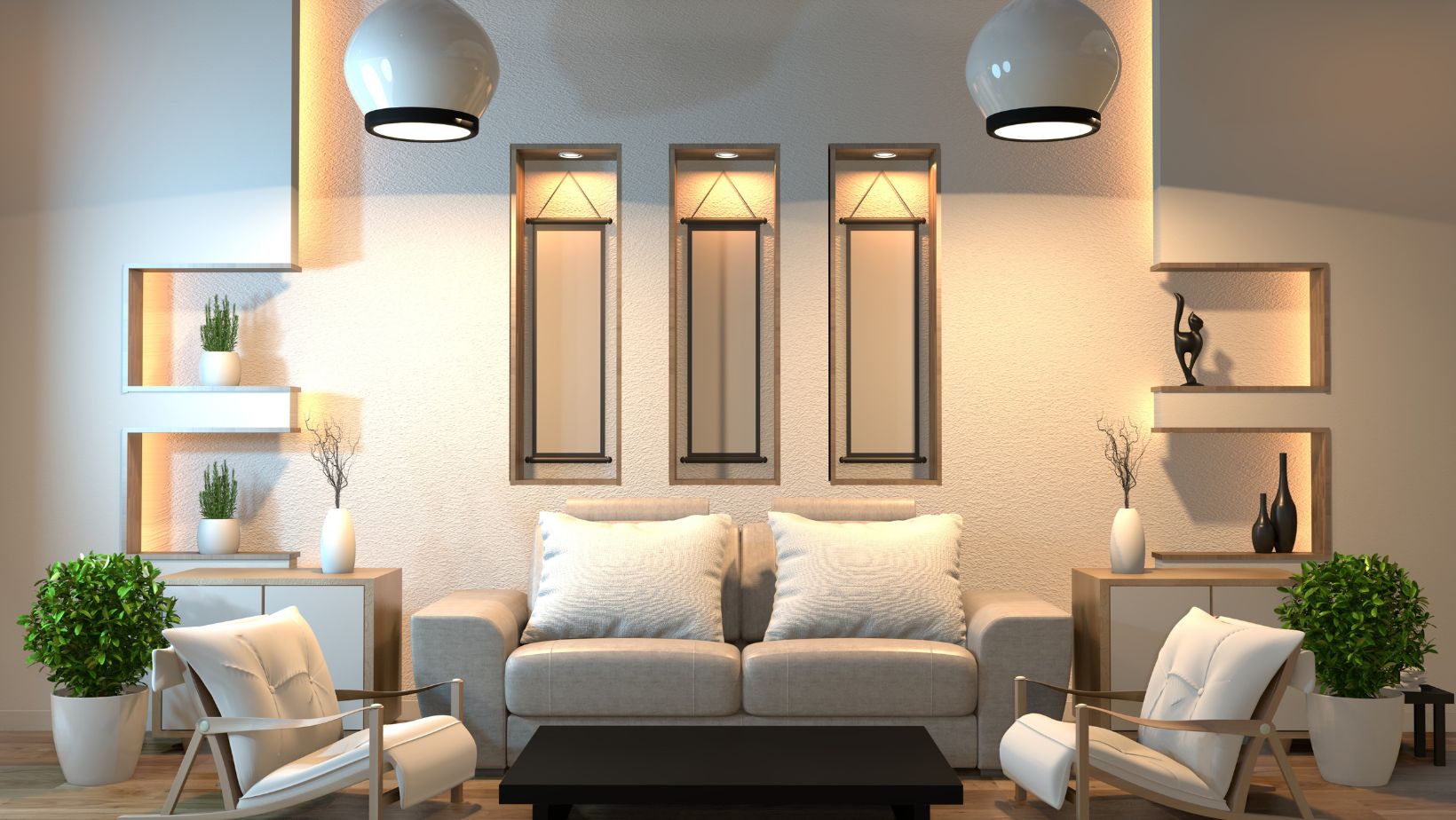
The use of before-and-after stories has emerged as a powerful tool for engaging audiences.
These transformation “tales” not only showcase creativity and skill but also evoke a sense of wonder and inspiration. Moreover, it’s a fact that visual content engages audiences much better. So, pick up your camera and make those stunning before-and-after visuals.
Here, we delve into the art of using before-and-after stories to captivate and motivate your audience.
The Magic of Change
The narratives of interior design’s before-and-after stories go beyond simple displays of change; they celebrate the fulfillment of hidden possibilities. This type of content guides readers through a journey from outdated to revitalized worlds, showcasing the transformative power of design.
The sharp contrast between the previous and following conditions highlights the impact of creative solutions on previously ordinary or outdated areas. This transformation, surpassing simply visual pleasure, serves as evidence of the designer’s vision and expertise. And this is why these narratives deeply resonate with viewers, clearly conveying the message that no space is beyond redemption.
However, without an audience, even the best content will not suffice for your growth, especially if you are marketing on social media platforms such as Instagram. So, rather than posting multiple posts in the hopes of reaching Instagram success, you can leverage a growth agency to boost Instagram growth organically and reach a larger audience much faster.
With the right partner by your side, helping you grow your social media account, you can rest assured that you will grow organically and set yourself up for long-term success.
Affective Resonance and Motivation
The emotional appeal of interior transformations depicted in before-and-after content is tangible. These stories create a connection between the viewer and the designs, often evoking feelings of surprise, joy, and admiration.
Viewers can be captivated by the transformation of a dull or disorganized room into a harmonious and functional space, embarking on an emotional journey. This journey exemplifies the corporeal transformation, igniting a feeling of possibility and aspiration. It is not just about appreciating the appearance but rather about establishing a relationship with the background story of the transformation.
These stories frequently inspire and motivate viewers, leading to changes in their personal surroundings. The emotional connection enhances the interaction with the content, taking the before-and-after story beyond a simple demonstration of design skills and instead inspiring people to be more creative and to take action.
Exploring the Art of Storytelling in Transformation
It is crucial to have a compelling story that captivates the audience. A crucial storyline begins with the initial situation, which is typically unimpressive and in need of fresh ideas.
The core of the story delves into the process of transformation, focusing on the challenges and creative solutions produced by the designer. The conclusion, which follows the main events, reveals the astonishing outcome, effectively concluding the narrative.
The use of high-quality photographs is essential to depict the contrasting initial and final stages of the space. Incorporating personal experiences or testimonials from inhabitants or designers adds a human element, enhancing the narrative’s tangibility and captivation.
The incorporation of the design’s problem-solving aspect enhances the narrative, showcasing not only a revolution in aesthetics but also the strategic reflection and invention that underlie the transition.
Strategies for Promoting and Encouraging Participation
In the current digital landscape, narratives depicting the transformation of spaces are powerful marketing tools for interior designers and brands. Due to their great shareability and engaging qualities, they are well-suited for social media, which is mostly focused on visual material.
Designers can demonstrate their capacity to dramatically alter space, showcasing their artistic vision and competence to potential clients. These tales also enhance the digital traces left on blogs, websites, and online portfolios, thus increasing the designer’s digital impact and reach.
The striking visual changes in these stories typically compel viewers to share them, increasing the designer’s audience organically. Furthermore, these stories can be tailored to cater to particular market segments or design preferences, allowing designers to attract their desired customer base.
Before-and-after stories serve as strategic tools for engagement, brand nurturing, and commercial success in the competitive field of interior design rather than just displays of design talent.
Value in Terms of Instruction
The educational significance of interior tales presented in a before-and-after format is considerable. They provide valuable perspectives on the principles of design, organization of space, and choice of materials.
By explaining the design methodology, you can make it accessible and understandable to a broader range of people. Viewers get information about color theory, the importance of light, the use of texture, and the combination of various aspects in creating a unified space.
Moreover, these stories frequently highlight clever solutions to common design dilemmas, such as maximizing limited spaces, integrating adaptable elements, or blending historic features with contemporary upgrades. These stories are extremely beneficial for DIY enthusiasts or anybody wishing to pursue a career in interior design.
They offer pragmatic advice and inspiration, urging viewers to explore and innovate within their own environments. Before-and-after stories not only showcase changes but also function as educational resources, encouraging viewers to approach their interior design projects with imagination and assurance.
Conclusion
The use of before-and-after stories in interior design is a testament to the profound impact that visual content has on audience engagement. These transformation narratives do more than just visually document changes; they create emotional connections, inspire viewers, and serve educational purposes. In the landscape of content marketing, the efficacy of visual elements cannot be overstated. Research indicates that visual content is processed by the brain 60,000 times faster than text, highlighting the intrinsic power of images and videos in capturing and retaining audience attention.
This explains why 90% of the information transmitted to our brain is visual, emphasizing the importance of integrating visuals into content strategies to effectively engage and influence audiences. As such, leveraging the compelling nature of before-and-after stories in interior design not only showcases the transformative power of design but also aligns with the fundamental ways in which humans process and retain information. This synergy between captivating visual storytelling and innate cognitive processes underscores the potential of these narratives to resonate deeply with viewers, driving engagement, inspiration, and educational value.







